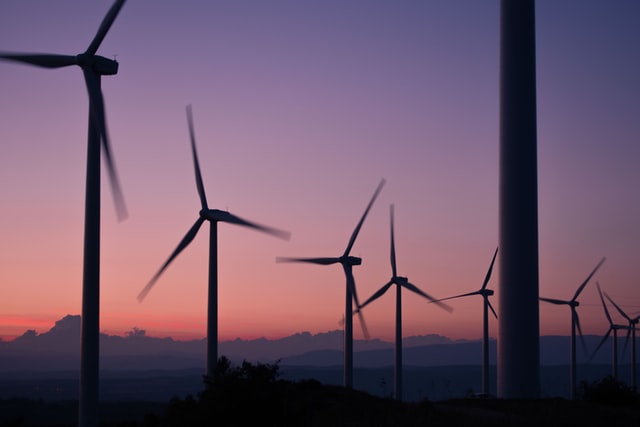
South Korea has unveiled a KRW 48.5 trillion ($43.2 billion) project to develop an 8.2GW wind complex offshore the Sinan County, South Jeolla Province. The project is said to be the world’s largest of its kind and forms part of the country’s efforts to support a green recovery.
The agreement is said to involve 33 public and private entities, including Korea Electric Power Corp (KEPCO), equipment manufacturers such as Doosan Heavy Industries & Construction, and engineering and manufacturing companies such as SK E&S, Hanwha Engineering & Construction Corp, CS Wind Corp, and Samkang M&T Co.
The companies will provide 47.6 trillion of the required funding and the government the remaining 0.9 trillion, Moon’s office Blue House said.
South Korea’s President Moon Jae-in oversaw the signing of the agreement to build the offshore wind complex in the country’s southwest.

President Moon Jae-in said: “The wind farm to be built on the waters off Sinan will be as much as seven times the size of the world’s current largest wind power complex.
“The 8.2 gigawatts of electricity to be generated here is equivalent to the capacity of six new Korean nuclear power reactors combined. This immense amount of electricity can meet the needs of every household in Seoul and Incheon.
“With this project, we are accelerating the eco-friendly energy transition and moving more vigorously toward carbon neutrality.”
The project will provide up to 5,600 jobs and increase the country’s wind power capacity to 16.5GW by 2030 from the current 1.67GW.
South Korea’s green ambitions
The South Korean Government announced a Green New Deal on 14 July 2020, worth approximately KRW 114 trillion (US$94.5 billion) to drive the country’s economic post-COVID recovery.
The plan includes remodeling public buildings to boost energy efficiency, creating urban forests, establishing a foundation for new and renewable energy, and creating low-carbon energy industrial complexes to reduce reliance on fossil fuels.
This article was originally posted on Power Engineering International and was republished with permission.





